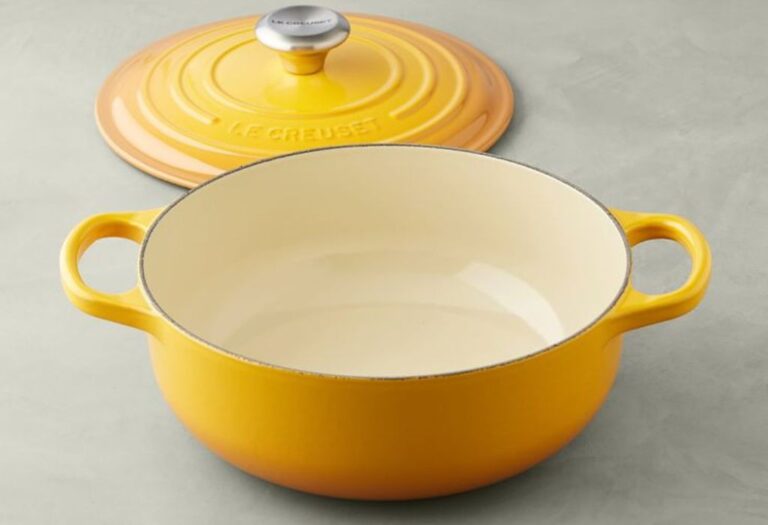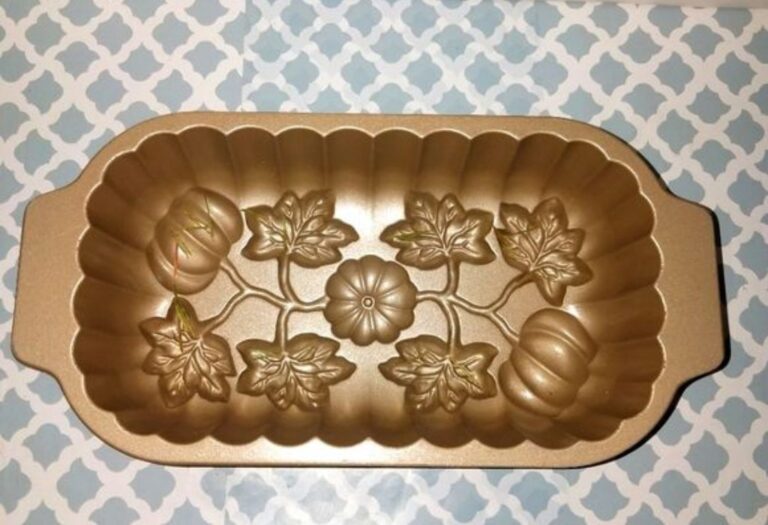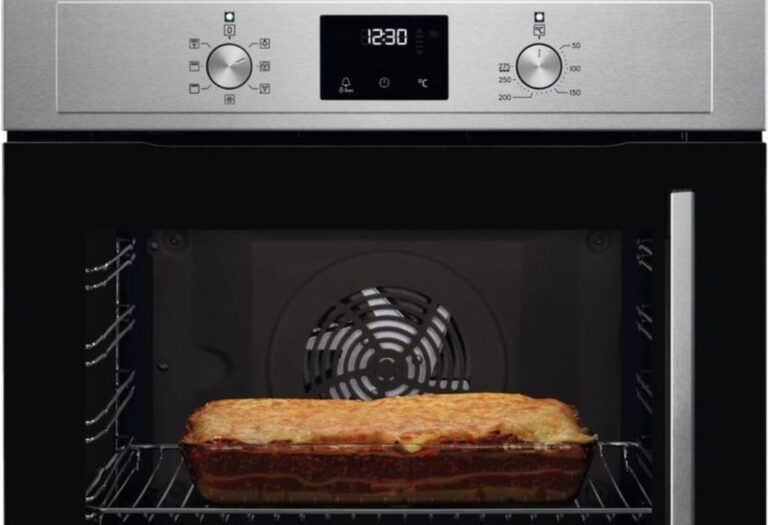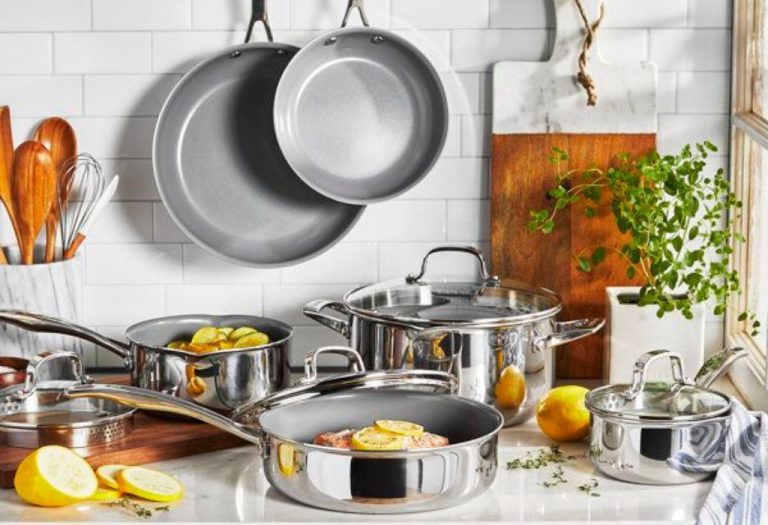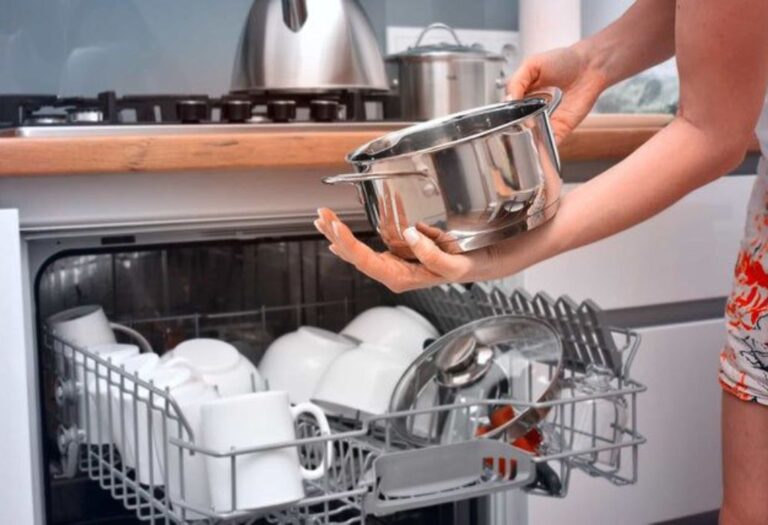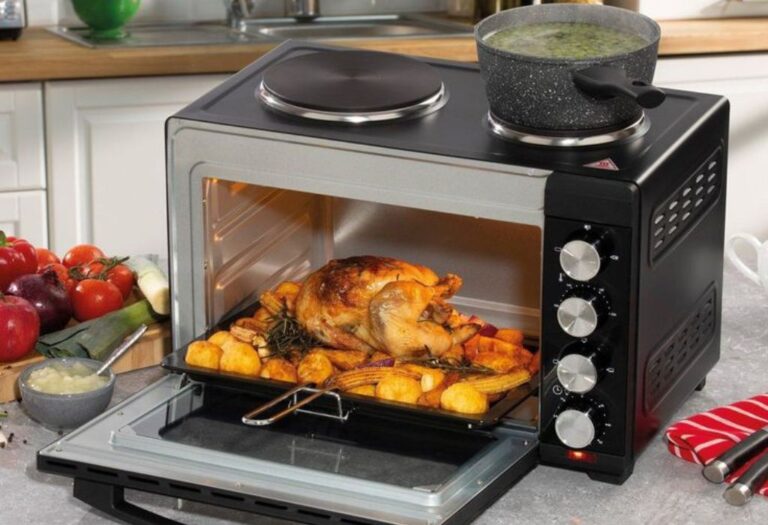The smell of sizzling onions filled the air as a teenager tried making their first stir-fry. One quick glance at a buzzing phone, and suddenly, the pan’s oil began to smoke dangerously.
According to the National Fire Protection Association (NFPA), nearly half of all home fires start in the kitchen, with many incidents involving younger or inexperienced cooks. The kitchen is exciting, but without the right habits, it can be a place where small mistakes lead to big accidents.
This guide will show teens exactly how to stay safe in the kitchen — from handling knives to preventing fires — so cooking can be both fun and safe.
Why Kitchen Safety Matters for Teens
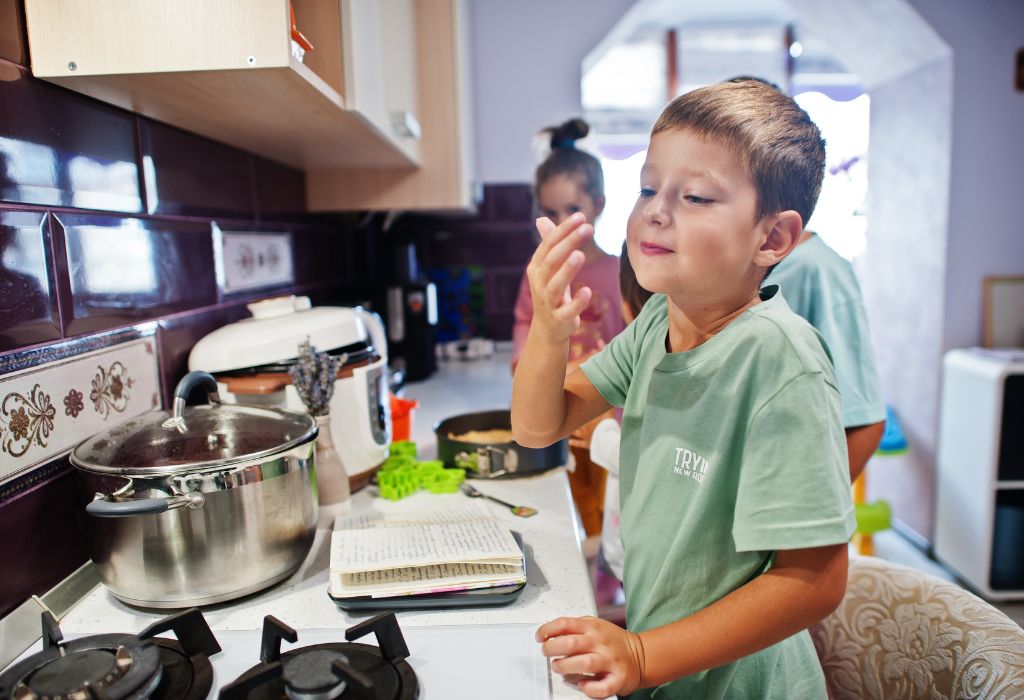
Cooking is a life skill, but for teens, it also comes with unique risks. Burns, cuts, fires, and foodborne illnesses are among the top dangers.
A CDC report found that thousands of young people are treated in emergency rooms each year due to cooking-related injuries. Many of these incidents happen because of poor preparation, distraction, or lack of safety knowledge.
By learning safety rules early, teens not only protect themselves but also gain the confidence to explore cooking as a creative and useful skill.
1. Understanding the Kitchen Environment
Before cooking, it’s important to know the hazards around you. Hot surfaces, sharp tools, and electrical appliances can all cause harm if used carelessly.
A cluttered counter increases the risk of spills and cuts. Keeping the workspace organized makes cooking smoother and safer.
What is the most common cause of kitchen accidents for teens?
Burns from hot surfaces and liquids are the most common, followed by knife cuts.
Should teens be supervised while cooking?
Yes, especially when learning new recipes or techniques.
How can clutter increase risks in the kitchen?
It can lead to tripping, spilling, or knocking over hot pans.
2. Safe Knife Handling for Teens
Knives are essential tools but must be handled with respect. Choosing the right size knife helps beginners maintain control.
Always grip the handle firmly, use a stable cutting board, and cut away from the body. Keep knives sharp, as dull blades require more force and are more likely to slip.
Is a dull knife more dangerous than a sharp one?
Yes, because it can slip unexpectedly.
Should teens use chef’s knives or smaller utility knives?
Smaller knives are safer for beginners until they gain skill.
How should knives be cleaned safely?
Wash them immediately after use, keeping the blade pointed away from you.
3. Preventing Burns and Scalds
Hot oil, steam, and open flames can cause serious burns. Always turn pot handles inward to prevent bumping into them.
When lifting a lid, tilt it away to allow steam to escape safely. Use dry oven mitts to avoid steam burns.
What’s the safest way to lift a pot lid?
Tilt it away from your face and hands.
Can wet oven mitts cause burns?
Yes, they transfer heat quickly to the skin.
What to do immediately if a teen gets burned?
Cool the burn under running water for 10–20 minutes, then cover with a sterile dressing.
4. Fire Safety Basics for Teen Cooks
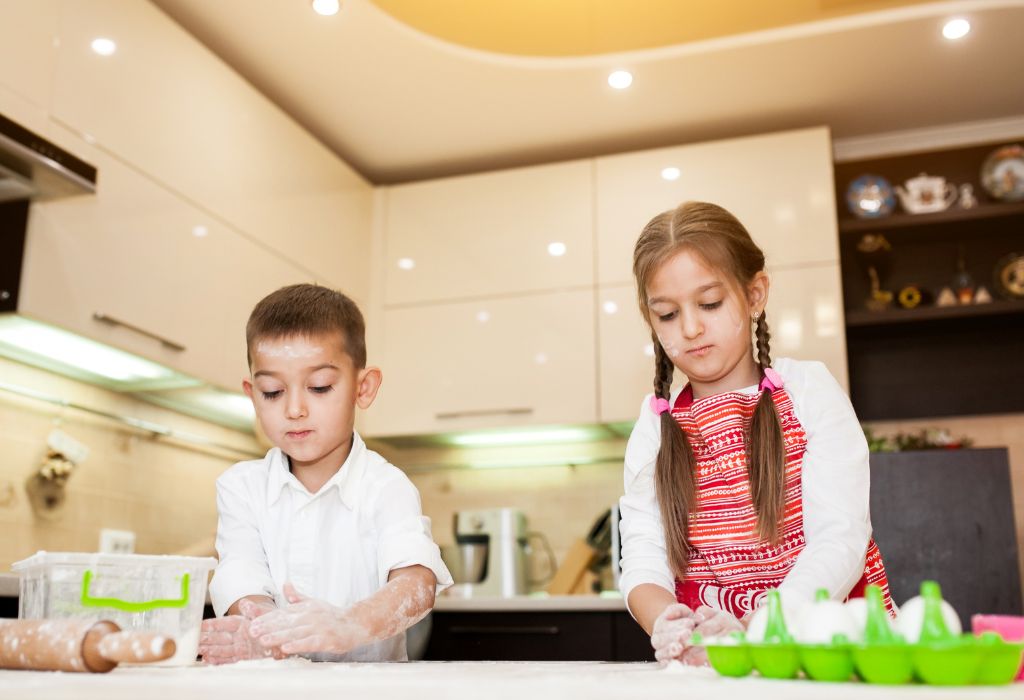
Never leave cooking food unattended. A moment of distraction can cause a small flame to spread.
Keep flammable items like paper towels and dishcloths away from the stove. Know where the fire extinguisher is located and how to use it.
Can water be used on grease fires?
No, it causes oil to splatter and flames to spread.
What is the PASS method for fire extinguishers?
Pull, Aim, Squeeze, Sweep.
Should teens learn how to use a fire blanket?
Yes, it’s a safe way to smother flames without spreading hot oil.
5. Food Safety Awareness
Good cooking is about flavor and safety. Wash hands before and after touching raw ingredients.
Avoid cross-contamination by using separate cutting boards for meat and vegetables. Cook foods to their proper internal temperatures and refrigerate leftovers quickly.
Is it safe to wash raw chicken?
No, it spreads bacteria around the kitchen.
How long can leftovers stay out?
No more than 2 hours, or 1 hour in hot weather.
Can food poisoning happen from undercooked pasta?
It’s rare, but possible if contaminated water or equipment is used.
6. Electrical Safety in the Kitchen
Water and electricity are a dangerous mix. Always use appliances with dry hands and avoid overloading outlets.
Unplug appliances when not in use, and check cords regularly for signs of wear or damage.
Can wet hands cause electric shock?
Yes, water increases conductivity.
Should appliances be unplugged before cleaning?
Always, to prevent accidental shocks.
What is a GFCI outlet and why is it important?
It shuts off power instantly if a fault is detected, preventing electrocution.
7. Safe Clothing and Personal Habits
Clothing should protect you, not create hazards. Avoid loose sleeves that could catch on pot handles or open flames.
Tie back long hair and remove dangling jewelry. Closed-toe, non-slip shoes protect feet from hot spills and falling objects.
Are aprons necessary for safety?
Yes, they protect from splashes and stains.
Can loose hair cause food contamination?
Yes, hair can fall into food or catch on fire.
Why are open-toe shoes unsafe in kitchens?
They leave feet exposed to burns and cuts.
8. Staying Focused While Cooking
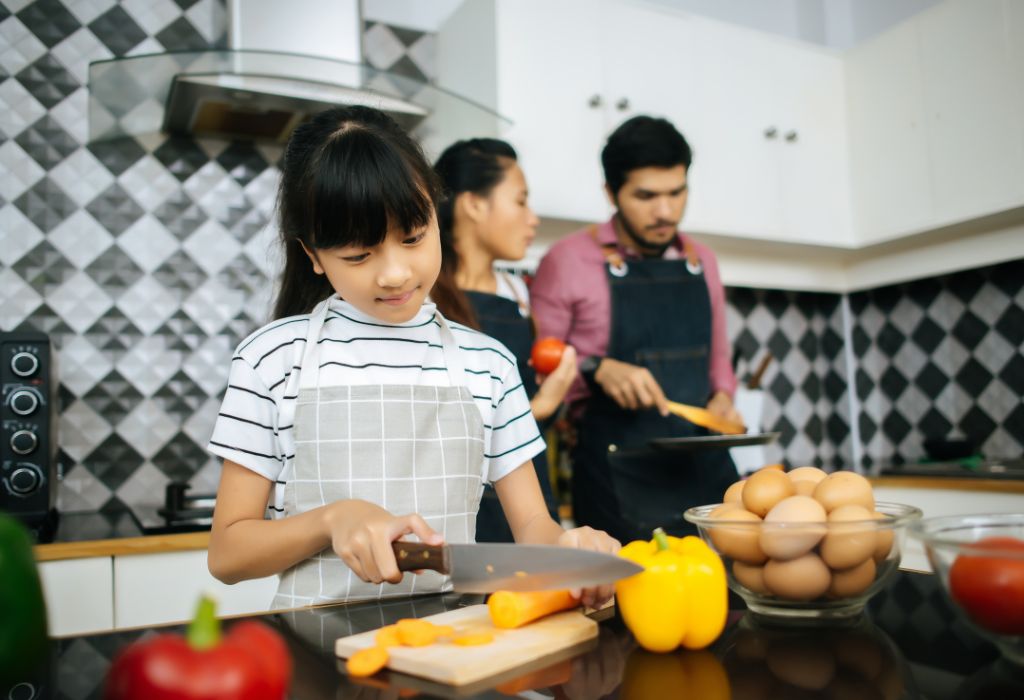
Distractions lead to mistakes. Avoid using phones or watching TV while cooking.
Break recipes into steps and use timers to avoid forgetting food on the stove.
Can multitasking cause more accidents?
Yes, focus is key to preventing mistakes.
How can teens remember all safety rules while cooking?
Post a checklist in the kitchen as a reminder.
Should timers always be used?
Yes, they help prevent overcooking and fires.
9. Emergency Preparedness for Teens
Knowing what to do in an emergency can make all the difference. Keep a stocked first-aid kit in the kitchen.
Have emergency numbers written down and practice what to do in case of fire or injury.
Should teens take a basic first-aid course?
Yes, it builds confidence and readiness.
What should be in a kitchen first-aid kit?
Burn gel, bandages, antiseptic wipes, and scissors.
How often should fire safety be practiced?
At least twice a year.
Conclusion
Cooking is a valuable skill for teens, but it must be approached with care.
By learning to handle tools, heat, and food safely, teens can enjoy cooking without unnecessary risks. With these habits, the kitchen becomes a place of creativity, confidence, and safety.
I’m Emma J. Caldwell, the founder, lead writer, and home-cooking enthusiast behind KitchenGuideCo.com. With a background in culinary arts and over a decade of cooking experience in both professional and personal kitchens, I created this platform to demystify recipes, offer smart kitchen gadget reviews, and guide readers through meal prep with confidence and clarity.

